The World Health Organization (WHO) has launched a major vaccination campaign to stop the spread of yellow fever in Angola and the Democratic Republic of Congo (DRC). The disease has so far killed more than 400 people and infected thousands more, according to reports.
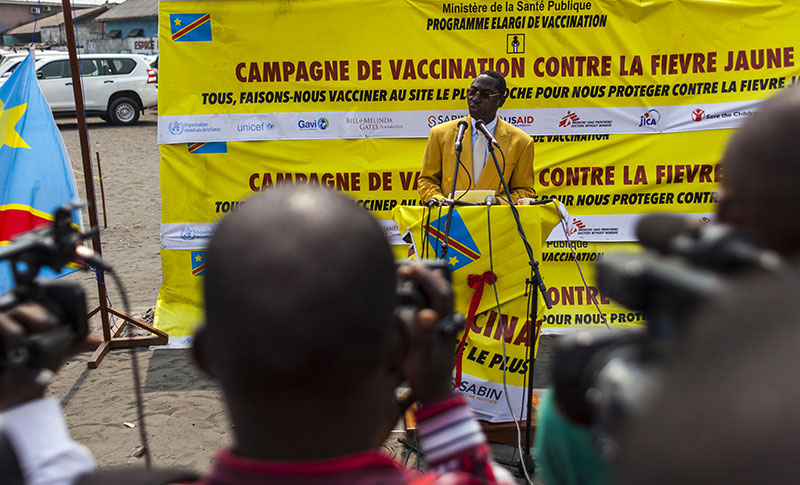
Yellow fever is caused by a virus that, is spread by infected mosquitoes. There is no cure and half of those infected will not survive without early treatment. However, it is preventable through vaccination.
Due to the current outbreak situation, WHO has issued temporary yellow fever vaccination requirements for international travellers: vaccination is recommended for all travellers to and from Angola, DRC and Uganda.
Travellers to Rwanda and Brazil, who come from yellow-fewer-endemic areas or who have visited a country with a current yellow fewer outbreak, will have to meet specific requirements to prevent spread of the disease. Contact a travel health clinic for updated recommendation before travelling to the countries mentioned.
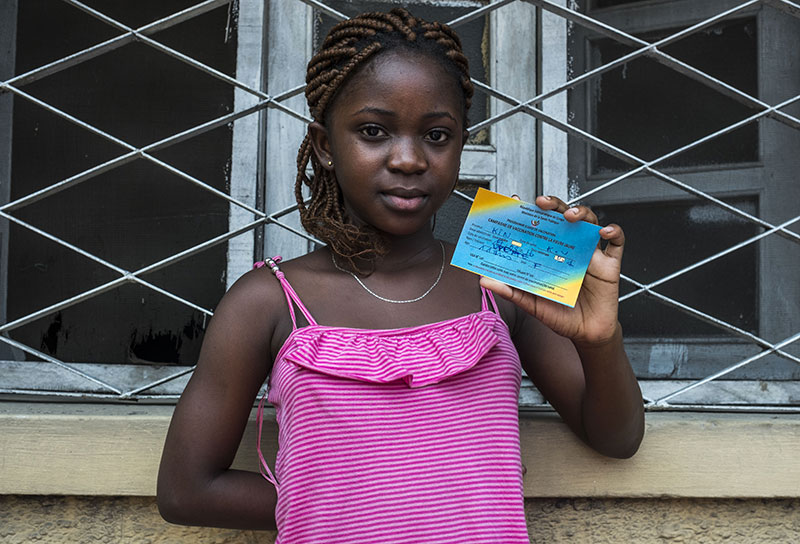
In addition to mobilising 41,000 health workers and distributing 17 million syringes in the affected countries, one of the major challenges will be to get enough vaccines to protect all those at risk.
An ongoing vaccine shortage means many people will be given around one fifth of the normal dose of the vaccine in order to give protection to as many people as possible. By injecting the vaccine into the upper layer of the skin, this lower dose can be as effective as injecting into the muscle. In the meantime, authorities are working with manufacturers to step up production.
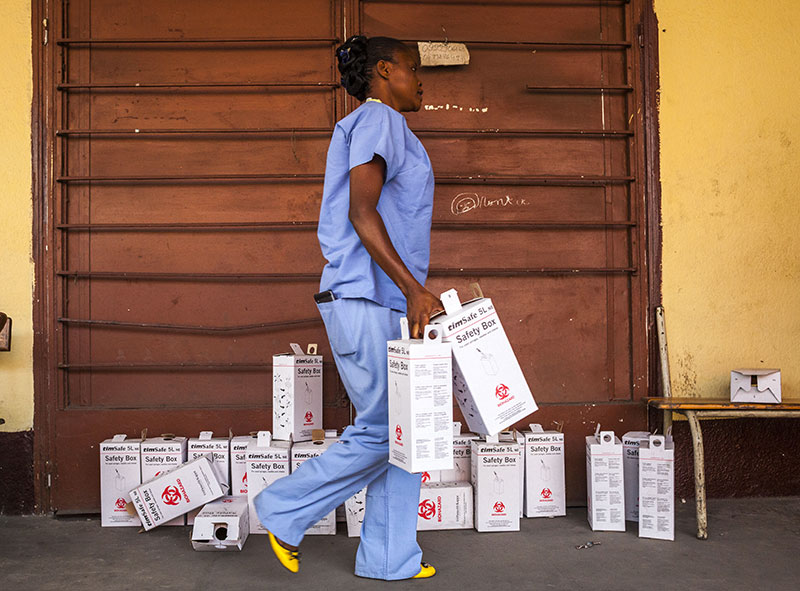
Producing yellow fever vaccine is complex. Produced on chicken eggs, the manufacturing process of this live-attenuated viral vaccine takes between six and 12 months from start to finish.
The WHO, in collaboration with other health aid agencies, maintains a global vaccine stockpile of six million vaccines for exactly this kind of outbreak.
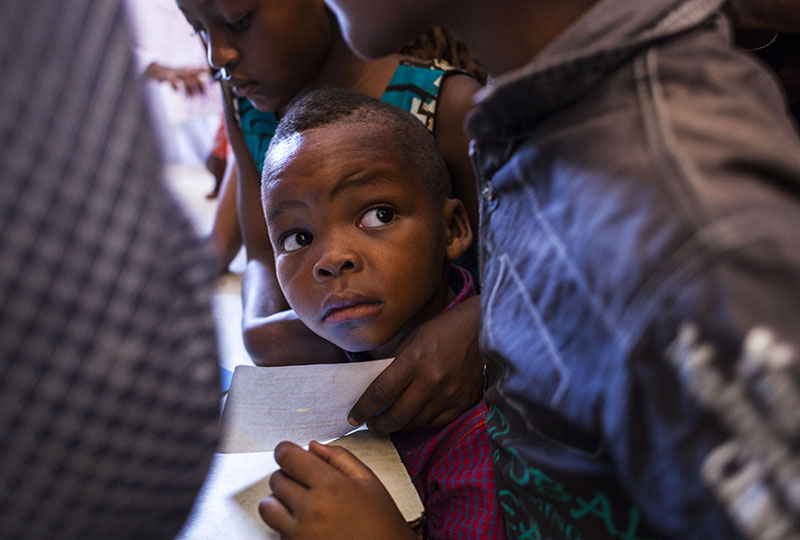
Six million is not enough to vaccinate everyone in the region but is sufficient to rapidly protect those in the immediate vicinity of confirmed cases – creating a kind of immunity firewall against further spread of the outbreak.
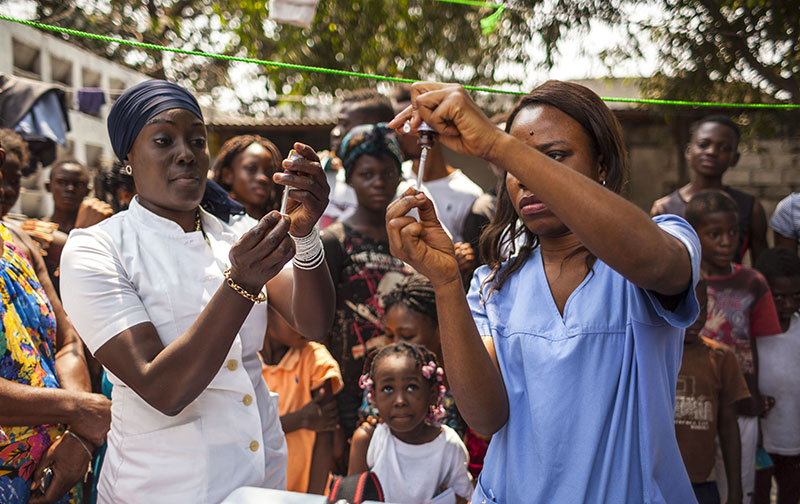
In addition, authorities are spraying insecticide to kill the mosquitoes in the hope of reducing the spread of the virus and of the disease. In the meantime, supply of vaccines, syringes and health staff are keenly awaited.
What is Yellow fever?
Yellow fever (YF) is a viral disease transmitted by infected mosquitoes. The ‘yellow’ in the name refers to the fact that many patients suffer jaundice, a condition which gives skin a yellow pallor.
Yellow fever high-risk areas are tropical regions of Africa and Latin America. Infection causes a wide spectrum of disease, from mild
symptoms to severe illness and death in up to 50% of patients. No treatment beyond supportive care exists.
The number of cases has increased over the past two decades for a variety of reasons, including deforestation, urbanization, population movements and climate change.
Is yellow fever preventable?
Vaccination is recommended by the WHO as a preventive measure for travellers to, and people living in, areas where the disease is common. The vaccine provides immunity within one week for 95% of people who are vaccinated. The organisation says the current vaccine appears to provide protection for 30-35 years or more.
The WHO strongly recommends routine yellow fever vaccination for children in areas at risk for the disease.




